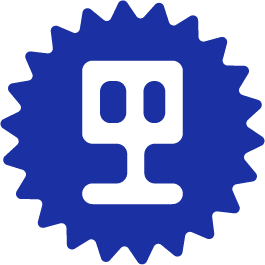
Find a Crew App Case Study
Find a Crew is a platform dedicated to connecting boat-owners with boat-seekers using algorithms designed to match based on compatibility. The service is utilized by thousands of people every day ranging dramatically in age and experience, all around the world. As such, any adaptations to the site must be fundamentally usable at launch so as not to interrupt a service already being constantly populated. They must also be accessible to a wide range of people not necessarily verbose technologically.
In my experience using the mobile site to make an account, I realized that there were a few obvious issues regarding the onboarding process. Information lacked hierarchy, and was presented in a way that expects the user to take the time to read through its entirety to gather important information. This leaves us with one main goal: to increase user retention by simplifying the onboarding process.
Studies indicate that the average person’s digital attention span is roughly 8 seconds before abandonment. Coupling that with the average reading comprehension speed of roughly 250 words per minute leaves us with about 35 words’ worth of attention span to offer relevant information if we expect it to be understood.
Comparing Find a Crew to its’ competitors made obvious a few elements that were working and a few that were not as successful: competitors such as Crewbay were not as successful in overall engagement due to its’ lack of scannability, and that their underpopulated platform displays users by last-sign in, making obvious the lack of engagement. I included Crewbay’s increased emphasis on personality (via profiles) in my final design, as 24% of the people I interviewed later were focused on compatibility.
The first step in the redesign process was to think about what information needed to be displayed and how we might organize it in a way that was aligned with modern design trends used by other companies that would be recognizable to the majority of users.
A progress bar also effectively relays wherein the onboarding process the user is at the moment, giving motivational feedback and tangible goals to maintain engagement. Installing a progress bar is an effective way to keep users engaged at minimal development cost.
In addition, where there is relevant information that might be useful to users not otherwise bothered by the speed at which they can accomplish their task, it is possible to display this information under an accordion or information tag that is visible when searching.
To summarize, the design interventions that we are focusing on are as follows:
limiting questions being presented to the user at one time
progress bar to indicate where the user is in the onboarding process to provide feedback and encourage user retention
increased emphasis on elements important to user testing groups
hiding/showing information behind information buttons to reduce information overload and eye strain
updating UI elements for a more modern look and feel
In the future, there are some design interventions that I would like to implement, including but not limited to additional formatting for further questions in the profile section, a method of searching by proximity via live map, and a more organized way of keeping track of previous conversations and people who you might be interested in traveling with.
You can view and interact with the prototype I’ve mapped out in the video embedded below.
After developing a mid-fidelity prototype that could be effectively manipulated by guerrilla testing groups, the feedback I received was that there was not enough reason for them to be utilizing the service in the first place - i.e. the service itself would not be viable to them if they could not be compensated financially. In creating a higher-fidelity prototype, I circled back and distributed a survey to a group of 20, 35.7% of whom prioritized compensation over any other lifestyle or personality compatibilities. I accounted for this in further design modifications.







